Design Competition Yields Awesome IDEAs
Plastics play key role among winning entries in IDSA’s 2016 International Design Excellence Awards
Previous Article Next Article
By Robert Grace
Design Competition Yields Awesome IDEAs
Plastics play key role among winning entries in IDSA’s 2016 International Design Excellence Awards
Previous Article Next Article
By Robert Grace
Design Competition Yields Awesome IDEAs
Plastics play key role among winning entries in IDSA’s 2016 International Design Excellence Awards
Previous Article Next Article
By Robert Grace
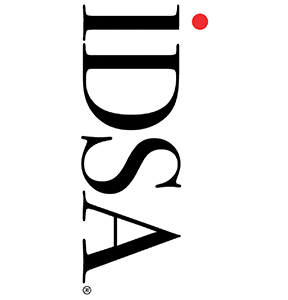
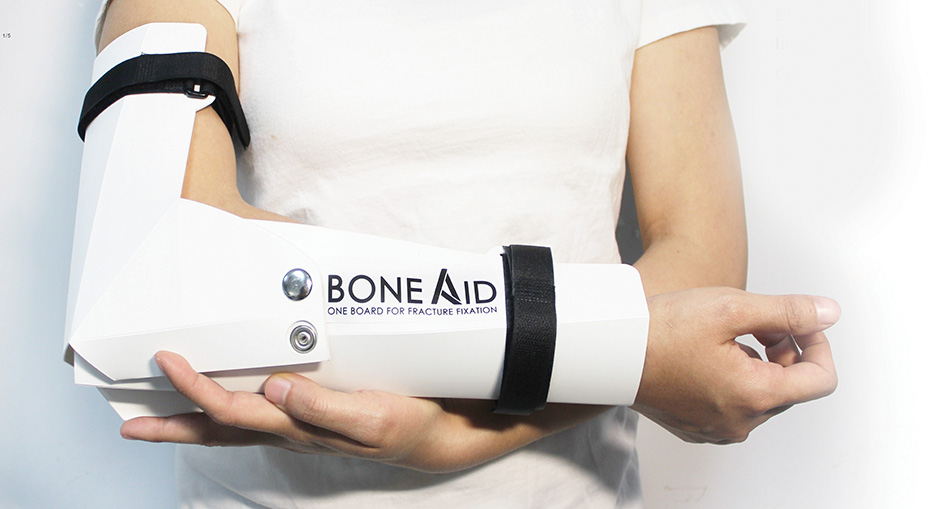
BoneAid
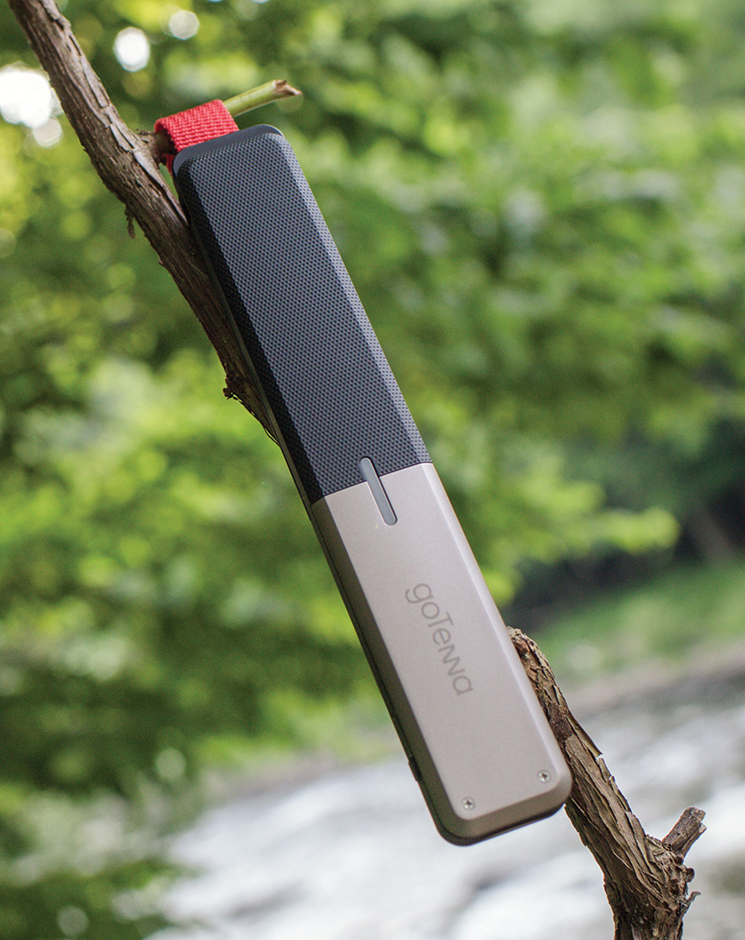
goTenna
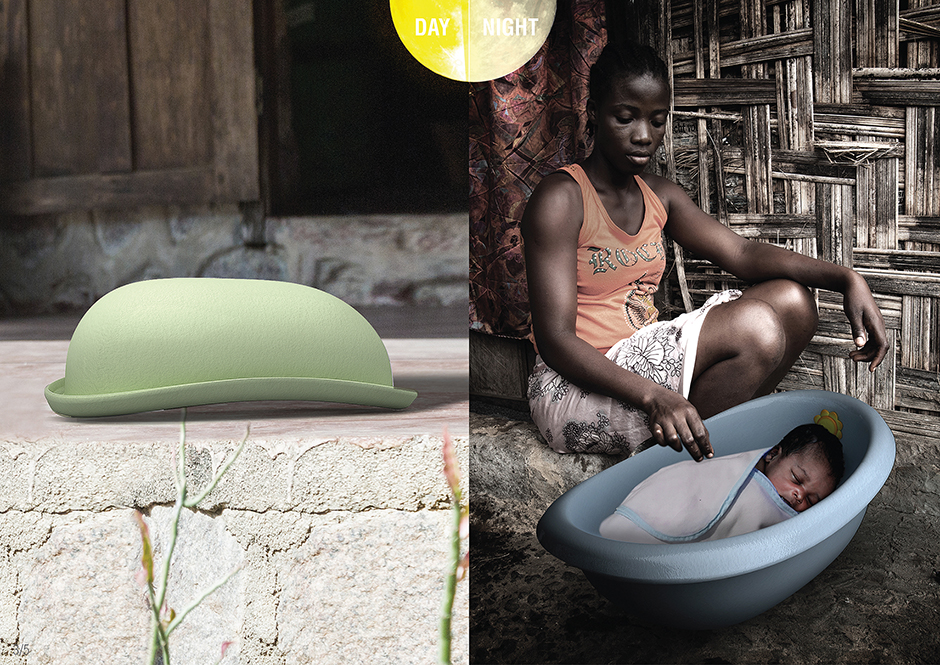
Suncubator
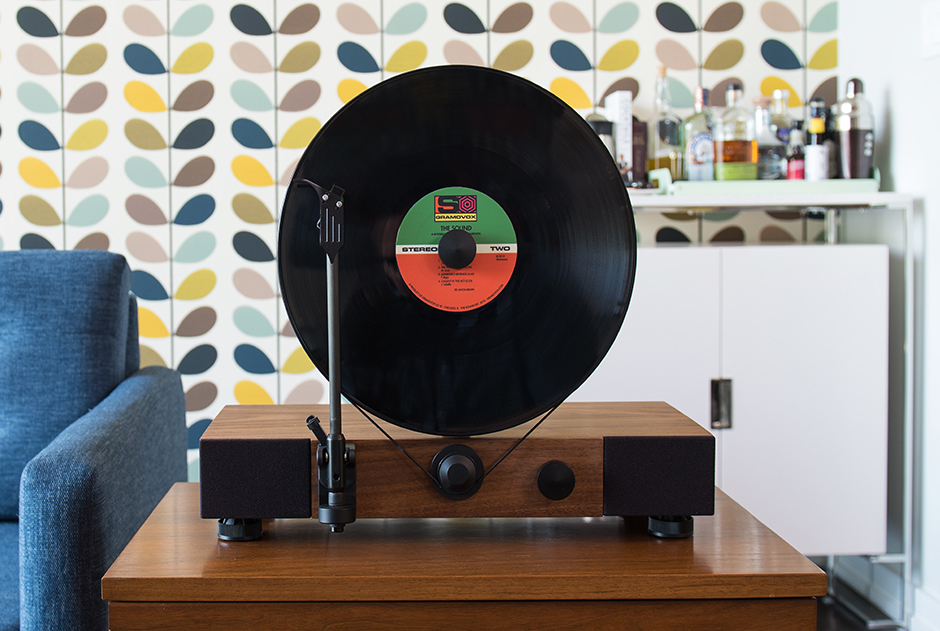
Gramovox Floating Record Player
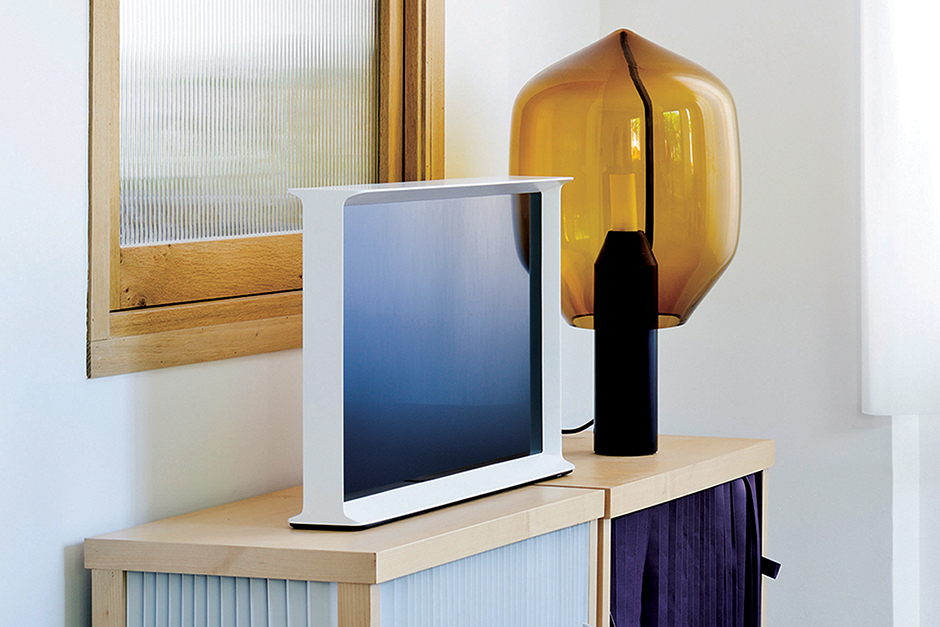
SERIF TV
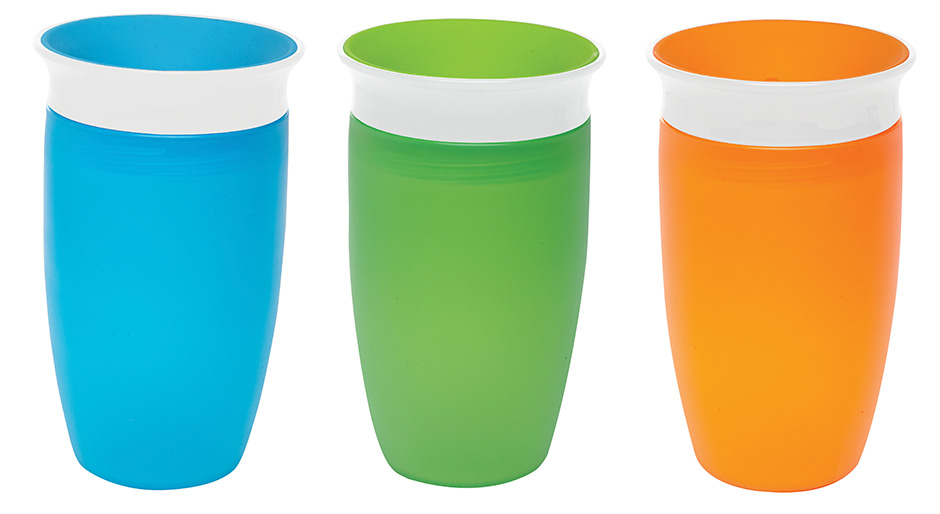
Miracle 360˚ Cup
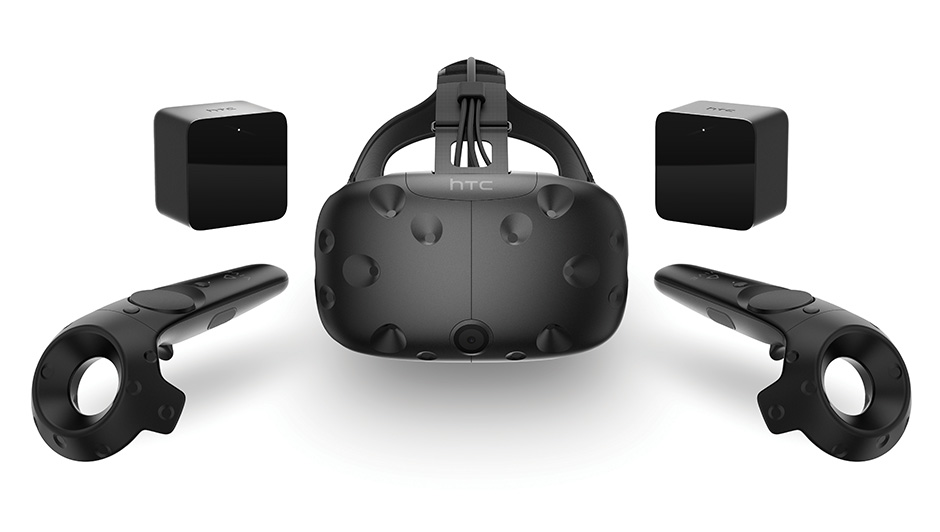
Vive Virtual Reality System
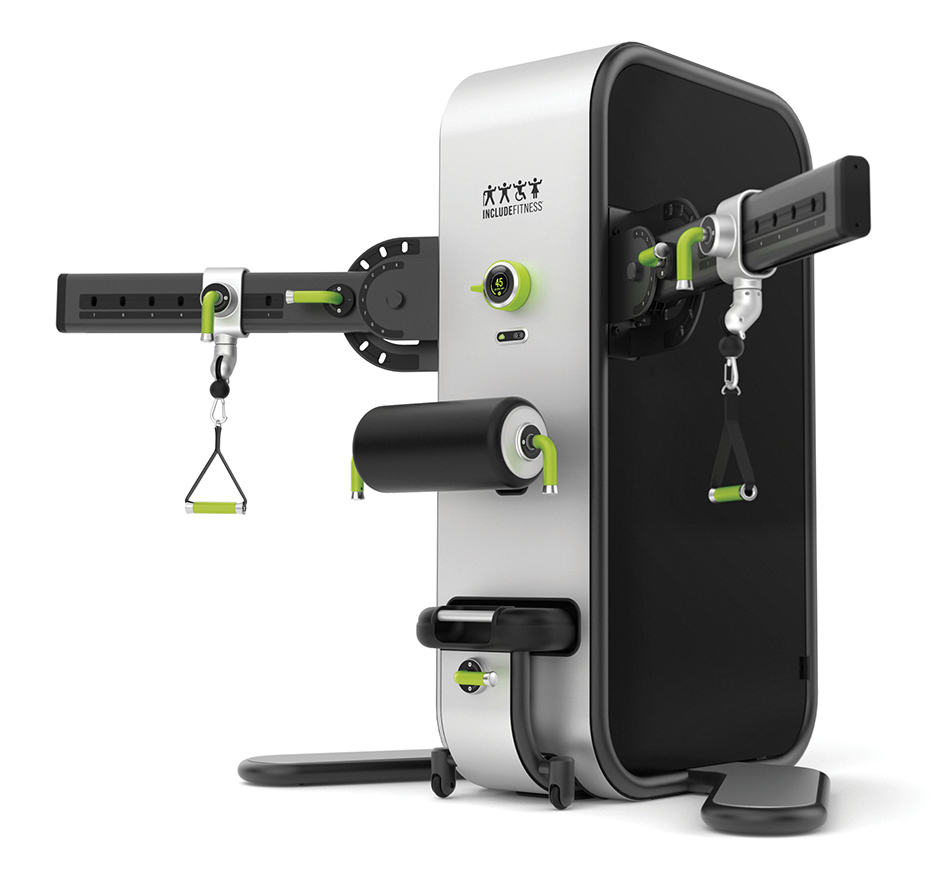
The Access Strength
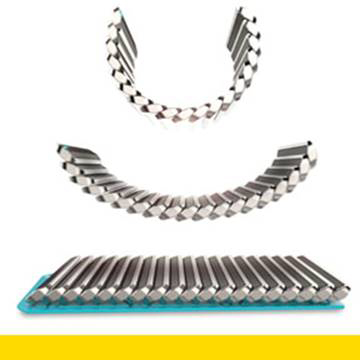
Treo | Advanced Mobile Imaging Concept
The Industrial Designers Society of America hosted its 36th annual ceremony honoring 136 Gold, Silver and Bronze winners of its International Design Excellence Awards at the Henry Ford Museum in Dearborn, Mich., on Aug. 17 and, as usual, plastics played a vital role in many of the winning product designs. With entries from all over the world, and from companies of all sizes and scope, IDSA board chair — and Teague president and CEO — John Barrett told the gathering that this year’s crop represented the “democratization of design.”
From among more than 1,700 entries worldwide, the 25-person jury of global design experts selected just over 600 finalists, and from that crop they chose 26 Gold, 47 Silver and 63 Bronze winners. Judging criteria include design innovation, appropriate aesthetics, and benefit to the user, client and society.
Owen Foster, until very recently the chair of the industrial design department at Savannah College of Art and Design in Georgia, was one of the contest’s jurors. In a recent interview, he shared his thoughts about what he looks for in winning entries. For starters, he says, the material doesn’t’ matter. Rather, “I want to know is it clever? Is it done correctly? Have they paid attention to every detail? Does it feel like someone cared?”
With the latest technologies available to all, Foster — who will serve as IDEA 2017 jury chair — wants to see how the designer applies these tools to an artifact. “Does it have stopping power — meaning, does it make you stop, pick it up and say wow!” He noted that plastics are wide-ranging and versatile, but that many product makers just seem to mindlessly mold it and put it in different colors. He wants to see evidence that those involved thought carefully about how to make it, keep it, recycle and reuse it.
Following are profiles of a few of the noteworthy winners. View the full IDEA 2016 Gallery of winners at http://www.idsa.org/awards/idea/gallery.
BoneAid
Gold / Student Designs
Three students from Tunghai University in Taiwan captured top student honors for their flat-packed, polypropylene splint system for immobilizing limb fractures. This low-cost product is designed to be used for fixing arm, leg and ankle fractures. It can be used in disaster areas or in developing regions with insufficient medical resources. The PP boards are folded per the marked directions, can be assembled in less than a minute, and are secured with Velcro straps. Jury chair Cameron Campbell of the Schwa art and design collective in Seattle noted how the simple, die-cut product was functional and “not overdone.” BoneAid also won IDEA’s Curator’s Choice award.
Honors went to Wang Yu-Chi, Huang Yu-Man and Chen Chia-Ling.
goTenna
Gold / Communication Tools
goTenna pairs wirelessly with your smartphone, allowing you to text and share your location with anyone who has the device, even if you have no service, by sending information over VHF radio waves. It’s a decentralized, secure radio antenna for your smartphone with complete end-to-end encryption. It can be used in hiking and skiing outside of a network, in emergency situations when the network is down, and during international travel to avoid roaming network charges.
Marco Perry of design firm Pensa said: “We needed a durable, watertight housing that would allow for the transmission of RF waves. And to improve performance we needed to telescope a plastic antenna with a good audible/tactile snap at the extended position. We first tested a PC/ABS blend with an ultrasonic joint, but found that the joint wasn’t strong enough when we torqued the extended antenna. After a lot of material testing, we landed on ABS with a lap joint and an energy director. This gave us the strength, toughness and water tight seal we needed. The processing challenge was to get a joint that could be strong but not accidentally bond to the sliding antenna, which we controlled through careful processing.”
Designed by Mark Prommel, Marco Perry, Peter Chung, Lisa Yanz Lehman and Chad Ingerick of Pensa LLC of Brooklyn, N.Y., and Daniela Perdomo and Jorge Perdomo of goTenna.
Suncubator
Gold / Social Impact Design
The Suncubator Concept is an easy-to-use, solar-powered thermal bed for babies, born out of the need for regulating infant temperatures in underdeveloped areas where day and night temperature differences are extreme. Such temperature swings can cause hypothermia, weaken immune systems, and occasionally even lead to infant deaths. Created with African families in mind, Suncubator’s exterior is made of an antibacterial padded soft foam. Inside is a polymer gel that can absorb and store heat, and a sun icon screen-printed with a special, color-changing Zion Ink provides a visual clue as to when the device is has reached the desired temperature.
Credits go to Joon Kwon, Jihye Hong, Insup Yun, Minha Kwon and Usuk Lee of Seoul-based Geometry Global Korea.
Gramovox Floating Record Player
Silver / Entertainment
Inspired by the resurgence in popularity of vinyl records, Gramovox applied a design philosophy that it said was to “reimagine vintage audio design with modern technology.”
The Floating Record Player is a high-performance vertical turntable that was meticulously engineered to play vinyl records and output full-range sound.
A carbon-fiber tone arm shaft was chosen for its low weight, stiffness and resonance damping attributes. Getting the tone arm to play vertically without flopping from one side or the other was a significant challenge. The product’s creators achieved the necessary balance by sliding the round counterweight along its shaft axis, changing the distance from the tone arm’s main pivot. It also features belt-driven, polished acrylic platter.
Designed by Frank Pistorio of Product Development Technologies for Gramovox.
TC8000 Mobile Computer
Gold / Commercial & Industrial
Lincolnshire, Ill.-based Zebra Technologies developed the TC8000 as a rugged handheld mobile computer whose innovative design has been proven to both increase productivity and reduce fatigue for warehouse workers in highly intensive barcode scanning operations. The major materials used in this design include a Sabic polycarbonate copolymer, die-cast aluminum alloy, with a Covestro overmolded thermoplastic polyurethane, and Corning’s specially toughened Gorilla Glass.
Designed by Konstantinos Tsiopanos and Jaeho Choi of Zebra Technologies.
SERIF TV
Gold / Entertainment
From a material and engagement standpoint, Samsung’s SERIF TV “took something back to being an object, and not just a flat screen on the wall,” noted jury chair Cameron Campbell. From the front, SERIF is defined by a single, seamless frame—one color and one shape. In profile, it forms a clear capital “I” shape; its slim body broadening to form a shelf-like surface at the top. The design means it can stand seamlessly in the home by resting on its own base. Its attachable legs allow it to be placed on the floor or in the center of the room, moved and manipulated to suit the situation. Made with spray-treated injection molded parts, even boasts a beautiful, removable texture on the back, Campbell noted. SERIF TV also won IDEA’s new Beautility Award.
Designed by brothers Ronan and Erwan Bouroullec of ERB Sarl in France; and Yun-je Kang, Kang-il Chung and Dong-hee Won of Samsung Electronics. Co. Ltd in Korea.
Nascent Objects
Gold | Home & Bath
Nascent Objects of San Carlos, Calif., describes itself as the world’s first modular, consumer-electronics creation platform and marketplace. It aims to give consumers the choice to have the features they want—when they want. By combining CAD tools, 3D printed circuitry and a library of electronic component modules, the platform helps creators take their consumer electronics ideas from concept to finish with market-ready products in a matter of days. With Nascent Modules and Shapes, products can be upgraded and customized so consumers get more use and innovation out of consumer electronics products—for a fraction of the cost. Many of its various pilot products incorporate injection molded plastic housings, using such resins as PC/ABS. Nascent Objects also earned IDEA’s Considered Design Award.
Credits to go Steve Sangik Lee, Achille Biteau, Victoria Slaker and Robert Brunner of Ammunition, for Nascent Objects.
Miracle 360˚ Cup
Silver / Children’s Products
Munchkin Inc. of Van Nuys, Calif., created this sippy cup with a 360-degree drinking edge that automatically seals when child stops drinking, thereby minimizing messes from leaks or spills. Drinking from anywhere around the rim, like a regular adult cup, makes it easier for a child to drink from it. The cup body is injection molded from food-grade polypropylene, but has a curved surface that makes the apex of the curve have a thicker wall. The texture on the cup body really helps to disguise the thinner walls vs. thicker walls and provides a more even translucency.The top control valve is made of food-grade silicone, and the Miracle cup is dentist and speech pathologist recommended. The biggest challenge, Munchkin said, was dialing in the flow rate of the two differing materials.
One juror noted how the materials chosen enabled the design to be effective.
Designed by Matt Saxton and Kevin Johnson of Munchkin’s internal design team.
Vive Virtual Reality System
Gold / Entertainment
Taiwan’s HTC Corp. and Bellevue, Wash.-based Valve Corp. developed VIVE as a room-scale, virtual reality system that enables users to interact as full-body players in virtual worlds, tracking the user’s movements via a headset and hand controllers. The first system of its kind to be designed for room-scale interaction, VIVE allows you to move in a physical space as you explore a virtual space. Using a front-facing camera and chaperone guidance software, the headset reveals objects in your room as you approach them. Leveraging HTC’s smartphone ecosystem, calls and texts pop up in the virtual world. Jury chair Cameron Campbell cited the exquisite finish of the matte-surface plastic headset, and noted the “inviting form and touch” and the lack of any visible seams, details which helped Vive also to earn Campbell’s nod as IDEA’s Chair Award.
Designed by the HTC design team for HTC Corp.
The Access Strength
Gold | Sports, Leisure & Recreation
One of the big winners this year was The Access Strength™ platform, which combines fitness/rehabilitation equipment with cloud interconnectivity that is compliant with U.S. healthcare privacy rules. The brainchild of Ryan Eder, founder of Cincinnati-based IncludeFitness LLC, the machine itself, which incorporates more than 20 ABS and acetal injection molded components, is specifically designed to be used by those with physical disabilities (such as being wheelchair-bound) as by able-bodied individuals. The digital health platform pairs cloud software with inclusive fitness equipment to lower barriers in fitness/rehabilitation for consumers and optimize the delivery of care for providers. The product also won two other honors — IDEA’s new Design for Equality award, and its Best in Show — the same award that Eder won for this as a concept nine years ago when he was a student at the University of Cincinnati.
In addition to Eder and IncludeFitness, design credits go to Priority Designs Inc. and AWH, both of Columbus, Ohio.
Treo | Advanced Mobile Imaging Concept
Gold / Medical & Scientific
Designers for GE Healthcare in Milwaukee developed Treo as an advanced concept for the future of on-demand patient care and mobile, medical imaging. Using an innovative, hinged design, Treo can be wrapped around a patient’s extremities for a 3D scan or used in its flat state for 2D scans of larger anatomy. A soft imaging detector pad and an app provide image review. The product incorporates white, molded ABS for the covers, polyurethane for the imaging detector, die-cast aluminum for the flexible, hinged links, and glass for the imaging emitter cover.
Designed by GE Healthcare.